Landscapes of time - Ōpaheke Park
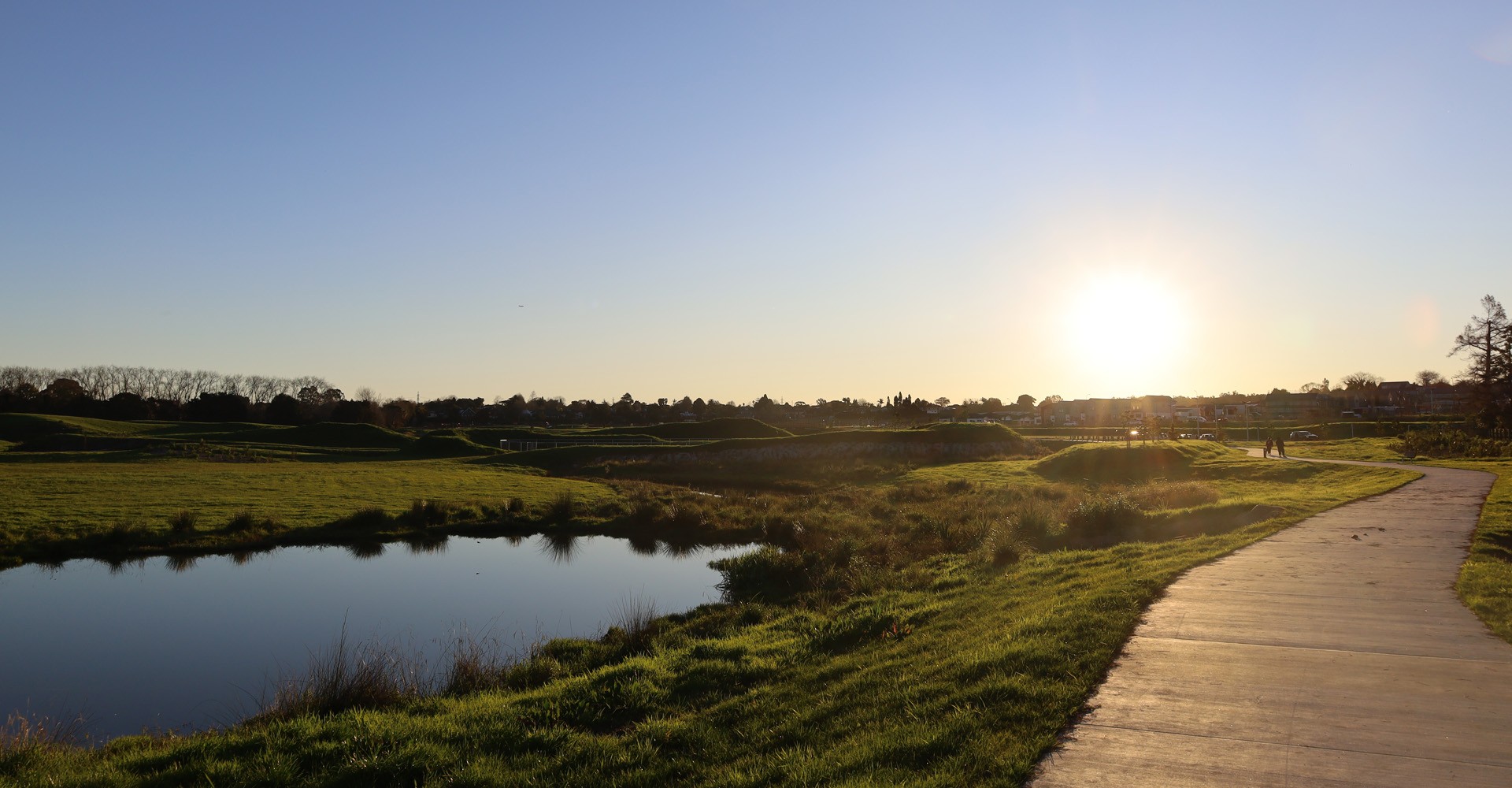
With construction recently completed, now the establishment of Ōpaheke Park really begins.
Designers, Reset, recently celebrated the opening of the new Ōpaheke Park in Papakura. While the opening marks a significant end in the delivery of one of Auckland’s largest public parks, that has been in the making for nearly 10 years, it also marks the real beginning of this new landscape. It is a perfect example, amongst many others, of how landscape architects view projects with patience and aspiration, given how time reliant we are on ideas and concepts that are dynamic, future based, and will inevitably grow, change, and evolve into something that is never really ‘finished’.
A brief history - In 2011, the Papakura Golf Course was abandoned by its operator and the fairways were closed. In 2014, the former golf course and the adjoining property were identified by Council as a Special Housing Area and in 2016, the then developer applied for resource consent for subdivision and the development of the park. The full development of the land area necessitated the re-contouring of the northern part of Ōpaheke Park, which is within the 1 in 100 year floodplain, to better control the flood events and provide compensatory flood storage for future developments. In 2016, an initial concept design was prepared by US based landscape architects, Surface Design Inc, which outlined the high-level proposal to create a suburb park that also performed critical stormwater management. The intent was to provide a diverse range of activities and experiences to serve the current and future needs of the wider Papakura community. The park was to contain a mix of passive and active recreational opportunities including a bike park (informal pump and BMX tracks), varied play opportunities including a flying fox and climbing wall, fitness equipment, open grassland areas, extensive boardwalks and bridges, a pathway network, and enhanced ecology through extensive planting.
In 2018, Reset were engaged by a new developer to assist with the design, consenting and delivery of the residential development component of the project, Bellfield Estate, delivering around 600 new homes to the area. In 2022, Reset were then engaged to provide developed, detailed design and construction observation for the creation of Ōpaheke Park. One of the first tasks was to determine an accurate and up-to-date cost estimate for the original concept, which came back at just under $15m. The works budget for the creation of the 19ha park was a much more modest $4.3m. Given the concept plan and budget did not align, Reset were required to prepare a strategy and develop a design that delivered on the intent of the original concept but that also met the $4.2m budget.
The main objective of the re-design was to create a strong landscape framework for the 19ha park, delivering key aspects that would allow the park to grow and develop over time. Providing resourcefulness, impact and efficiency to the proposed design. The park provides a new recreational space for nearby residents with over 2km of well-connected and visually interesting all weather walking paths, over 50,000 new plants and trees, a robust framework of specimen tree planting, over 10ha of open grass space, an extensively planted stream network, ponds, sculpted earth mounds and land forms, a dedicated dog run area, an informal pump track, signage and park furniture. While not having all of the original concept’s elements on day one, the new park will provide a large open space with a variety of environments and habitats for adventure, exploration and play. The park also performs the critical function in the flood control of the surrounding area and has been designed to capture and hold rainwater in heavy storm events preventing flooding.
Landscape architecture projects, by their nature, often start at their worst and get better and better from day one. They improve with the required time for growth, maturation, and integration with the environment. They change day to day, season to season and year to year. It can take time, sometimes 20+ years, for the full vision and intent of the design to reach its fruition. The life of the landscape will change and evolve over time. I am reminded of Brick Bay, another Reset project, where in 1994 (31 years ago) the original farm started with a baseline planting programme to integrate with the surrounding forest habitat, address the erosion, and add to the experiential activities to the farm. Early work concentrated on addressing erosion and replanting native species on steep sections and wetland areas. Fast forward 31 years and the established mature trees and wider landscape interventions now look like they have always been there and the hand of the landscape architect is all but invisible.
With Ōpaheke Park the framework has been set. There is opportunity for layers of future activities to develop as the community expands in tandem with this new unique park. The planting will grow and mature, habitats will establish. It is only going to get even better with time.
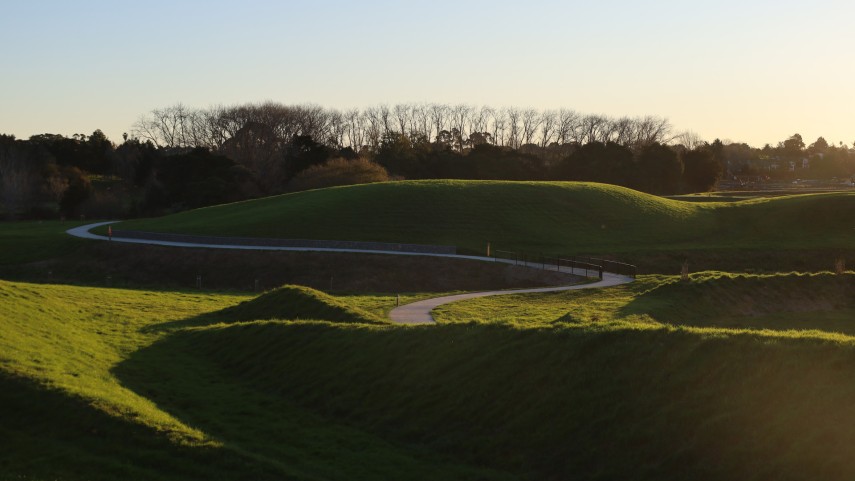
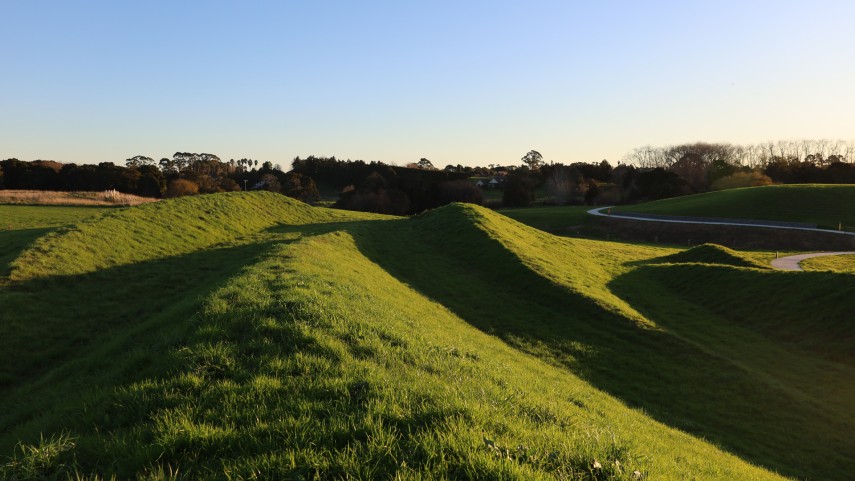
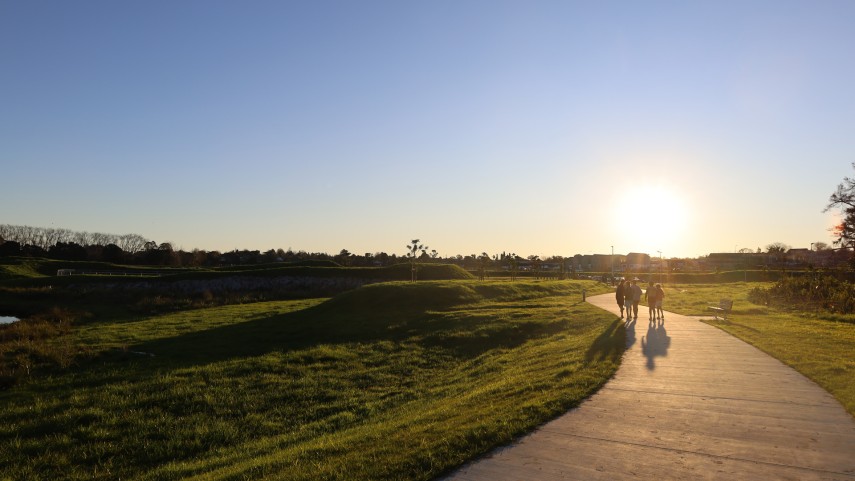
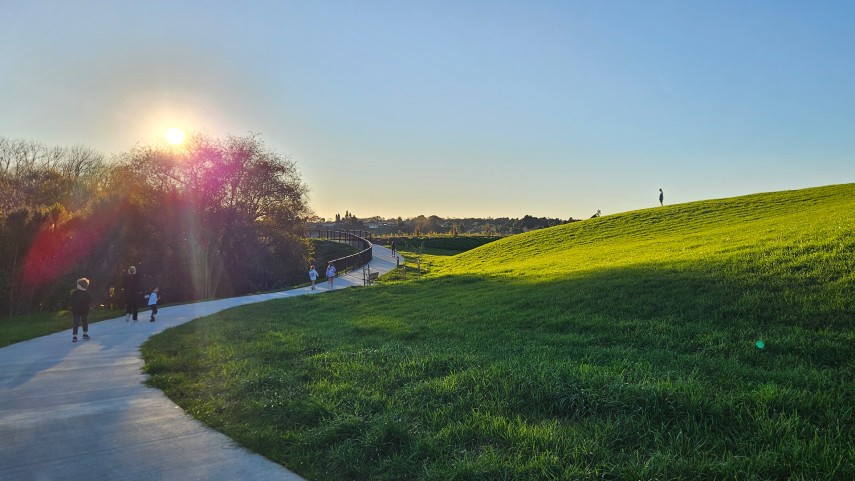
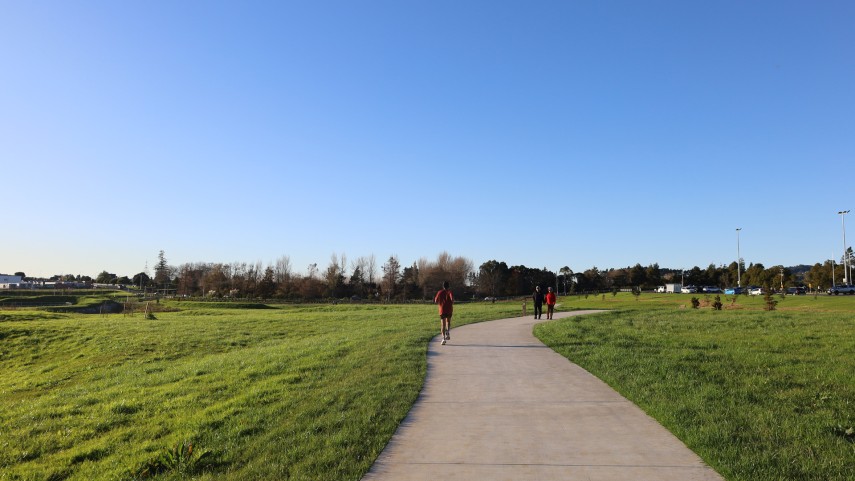
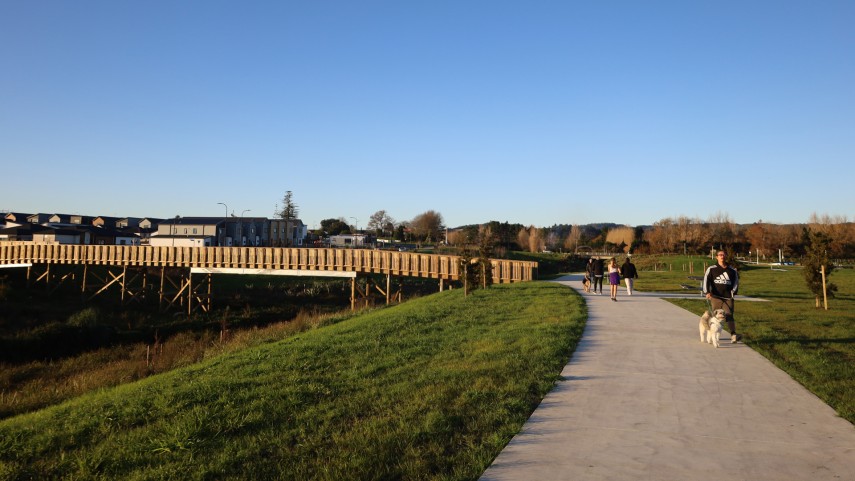

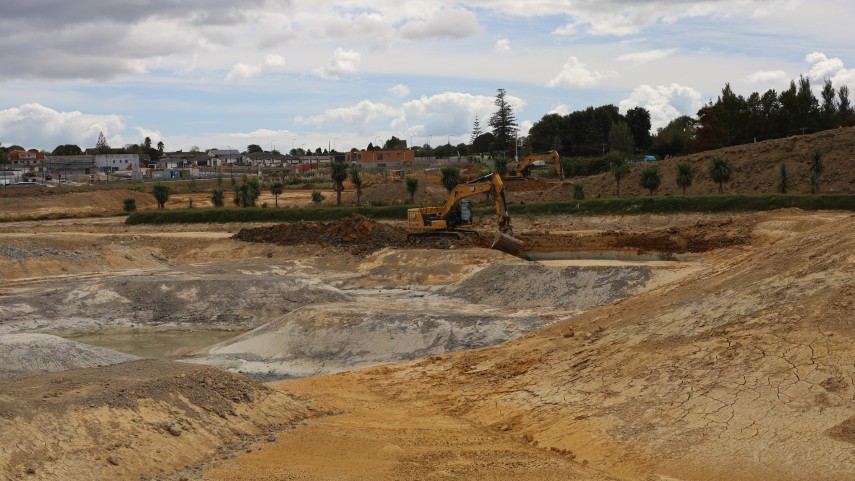
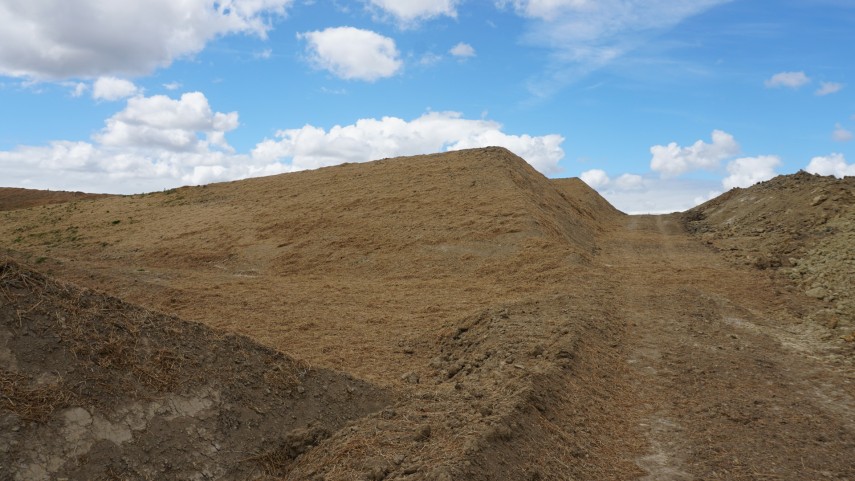
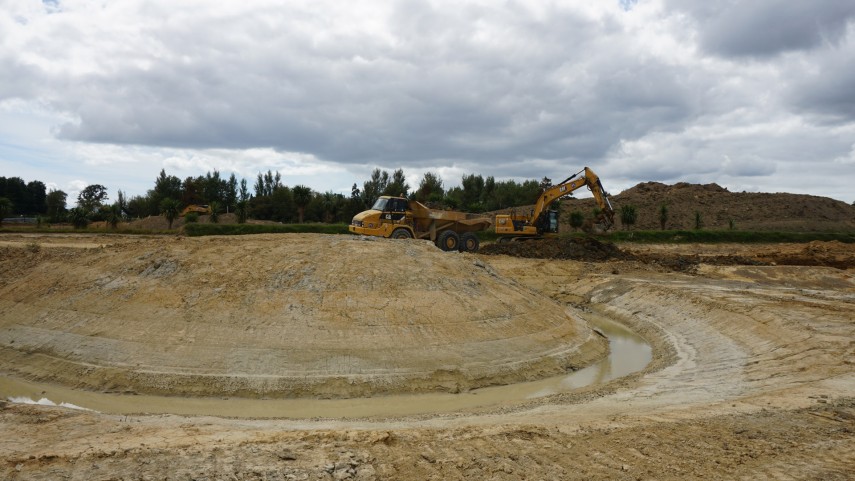

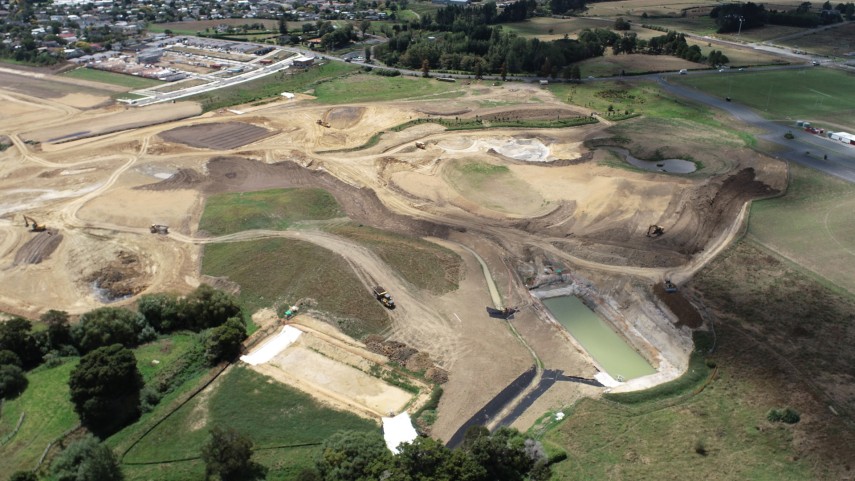
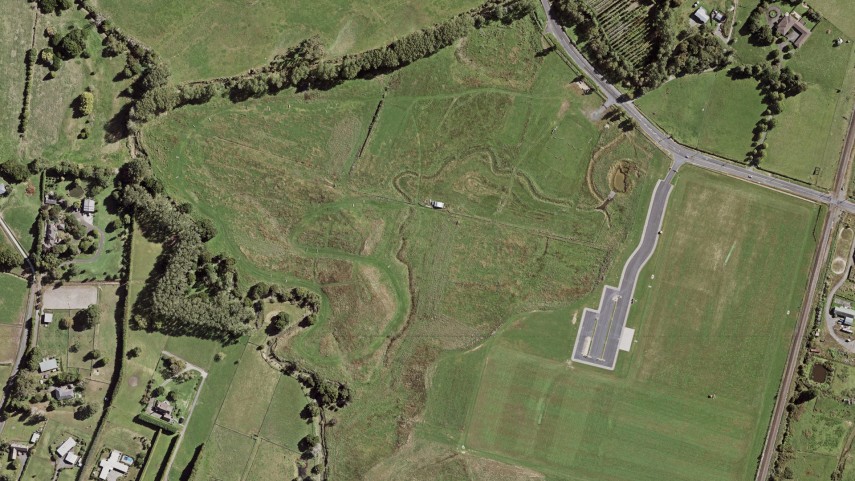
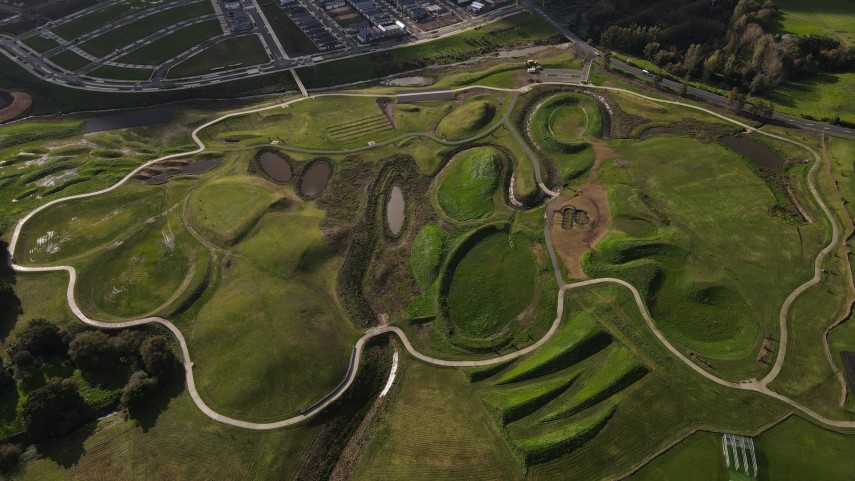
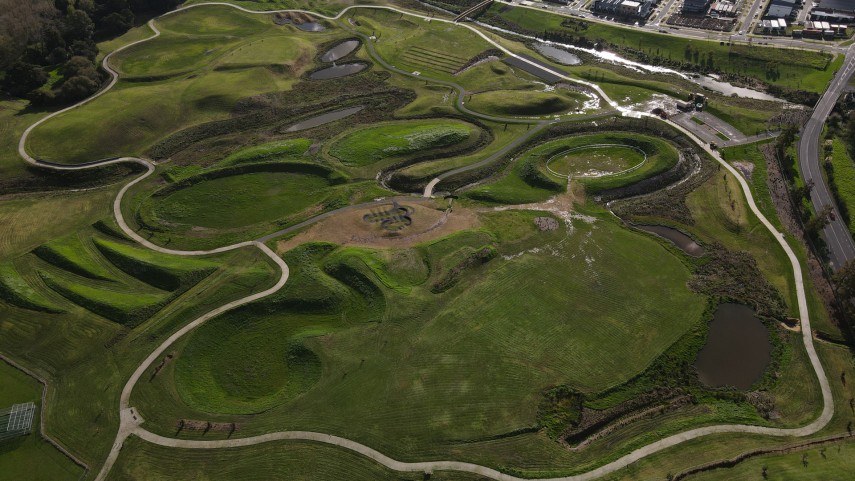
Published
24 July, 2025
Author
James Paxton
More articles Pitopito kōrero
Practice Tikanga
At Reset, we offer a broad scope of services within the specialist areas of Urban Design and Landscape Architecture. We also actively engage in research and have contributed two published books on the history of design in New Zealand.


